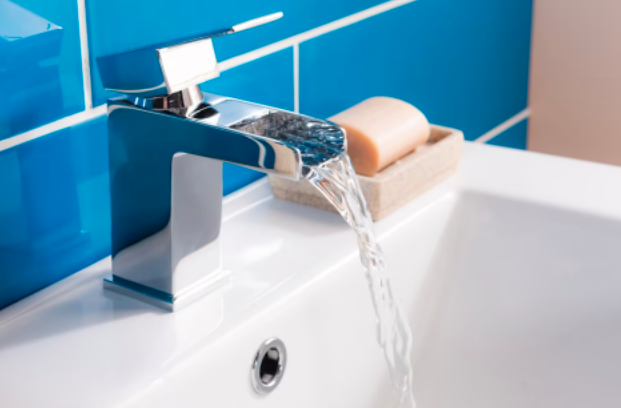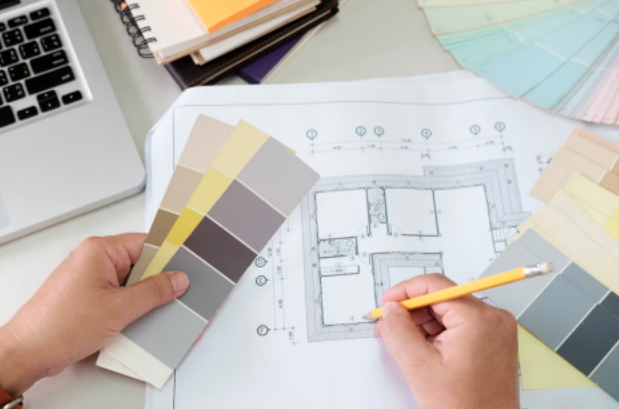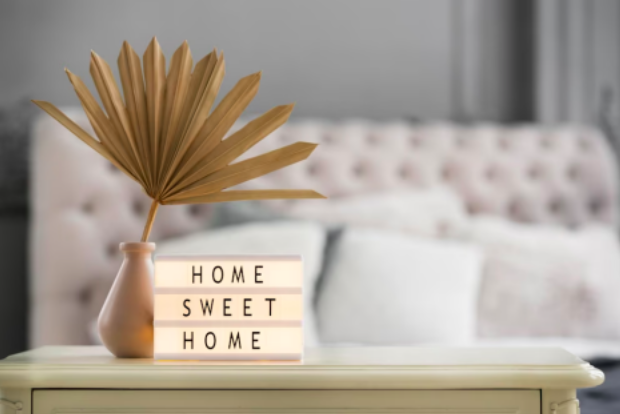In the art of Feng Shui, the main goal is good health. We can have a successful career, a healthy relationship, money growth, and more with good health. When we discuss the importance of your environment to help you stay healthy, we mention several things: keep clutter to a minimum, keep a dust-free home and office, low EMFs (electromagnetic frequencies caused by electronics like TVs, power lines, etc.) and the harmonious placement of furniture as well as colors.
Here is an article with tips for designing a space to reduce negative impacts on the environment, and the health and comfort of building occupants, thereby improving building performance. The basic objectives of sustainability are to reduce consumption of non-renewable resources, minimize waste, and create healthy, productive environments.
With the United States working toward a net-zero economy by the year 2050, sustainability has become a hot-button world in the real estate world. Simply put, there is no way that a resource-guzzling home will have a chance of standing out amid tightening government regulations and a more conscientious consumer base. Therefore, from improved durability to advanced energy efficiency, keep reading for some common sense ways to incorporate sustainable design elements into your home.
Durable Interior Walls Accents
Stone has long been a favorite material to use in exterior projects. Its natural appearance and outstanding durability make it a great material to thrive outdoors.
However, modern homeowners are looking for ways to leverage these benefits on the interior of sustainably-built homes. There are many advantages to stone veneer interior walls. Not only does their textured aspect add depth and dimension to interior design concepts, but they are far more durable than wallpaper or drywall. They will be extremely resistant to scratching, denting, fading, or any other type of damage, greatly limiting the resources required for ongoing maintenance and upkeep.
Energy Efficient Appliances
One of the most straightforward ways to improve sustainability in your home is to add energy efficient appliances. It does not take any major structural renovations to choose EnergyStar certified models over less efficient options. According to EnergyStar, if every home in the United States were to incorporate EnergyStar certified appliances into their homes, homeowners would prevent carbon emissions equal those of 215,000 cars. By doing your part and choosing more efficient appliances for your home, you are doing your part to help society reach this goal.
Sound Mitigating Panels
How does sound insulation help in the quest for sustainability?
Well, one of the prevailing aspects of sustainable design is an open concept that allows light to flow freely throughout a space. While this does wonders for controlling electricity consumption, it can cause some unwanted sound transfer within the space.
Therefore, it is a great idea to use sound-absorbing panels as part of an open interior design concept. Modern panels are wrapped in decorative fabrics and cut into architectural shapes, such as hexagon acoustic panels, that add to the interior ambience of a space. As most acoustic panels can achieve their maximum noise reduction coefficient with only 15-25% wall coverage, it leaves plenty of open wall surface for other types of decor.
In addition to their utility in promoting an open design concept, most modern acoustic panels are fabricated from recycled cotton, wool, or polyester, making them a sustainably sourced solution.
Quartz Countertops
Most homeowners love the stately stone aspect of marble or granite countertops. While there is no denying the beauty of these surfaces, they can be a bit porous if not regularly sealed, leading to staining and bacteria growth that can require quite a bit of ongoing attention.
Therefore, a lower maintenance countertop solution is quartz. Using the powder from mineral quartz and bound with a nonporous epoxy resin, engineered quartz surfaces are impermeable to any type of liquid penetration. They are also highly resistant to any kind of heat or impact damage, making them one of the lowest-resource countertop solutions for ongoing maintenance.
LED Lighting
Using LED lighting for an energy efficient interior has kind of become cliche at this point, but for good reason: LED lighting works.
When choosing LED bulbs over standard options, homeowners are guaranteeing that more useful lumens are produced and less light is wasted. If you replaced all of the light
bulbs in your home with LED models, you would likely see a 60-70% reduction in energy use for lighting, with some homes noticing up to a 90% energy savings.
Hurricane Grade Windows
As mentioned earlier, the open interior concept is a strong choice in energy efficient design because it promotes the flow of natural sunlight. To leverage this concept to the fullest, homes must increase their window area to promote sunlight transmission.
While this is largely beneficial from an energy efficiency standpoint, it can create some issues if the windows are not high quality. Weaknesses in the window-to-wall transitions can create some compromises in the home’s building envelope, leading to elevated heating and cooling costs.
Therefore, if you are looking to add window area to increase natural light flow into your home, it is best to build with hurricane grade storm windows. These advanced windows use steel frames and fortified glass to withstand high winds and heavy projectile impact, keeping the building envelope well-sealed in all types of weather conditions.
Get Started Today On Adding Sustainable Elements to Your Home
Sustainability features are paramount in designing a high-quality home in 2023. Not only will it help you save on your utility bills, but it will guarantee that the home has a place in an increasingly conscientious market. For more ideas on how to add sustainability features to your property, contact Design for Energy today for a consultation!
Natalie Akins is a freelance writer that loves sharing her knowledge and expertise on interior decorating and remodeling. She lives in her hometown of Austin, Texas where she enjoys spending time with her husband and decorating with her children. Natalie’s work as a freelance writer can be found on Building Product Advisor, a new construction industry resource site.






Leave a Reply